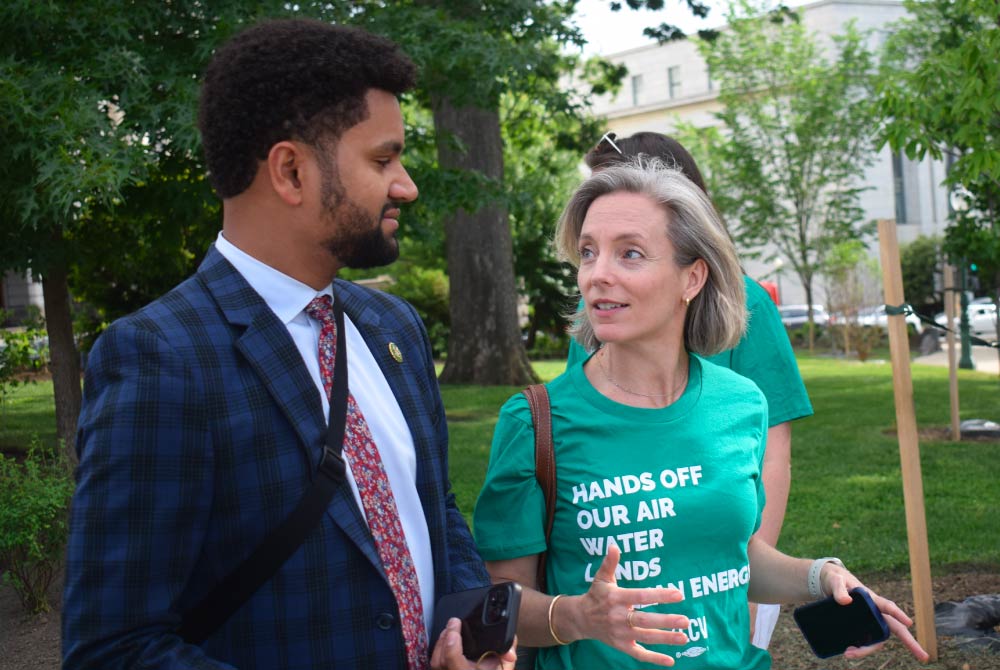
Top 5 Stories Worth Reading – June 2025
Jun 30, 2025
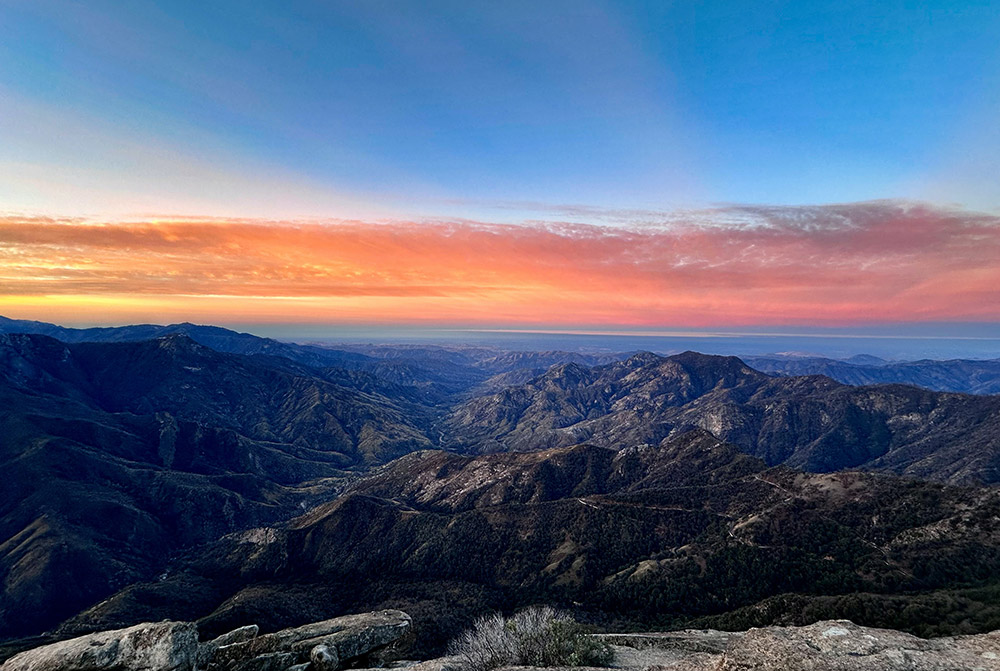 Credit: Caitlin Fluman
Credit: Caitlin Fluman
Every Monday, we round up five of the best good climate news stories we’re celebrating. This week we’re covering President Biden’s conservation record, investments in clean school buses and EV charging infrastructure, the Western hemisphere’s largest wind development, and mandatory composting in France.
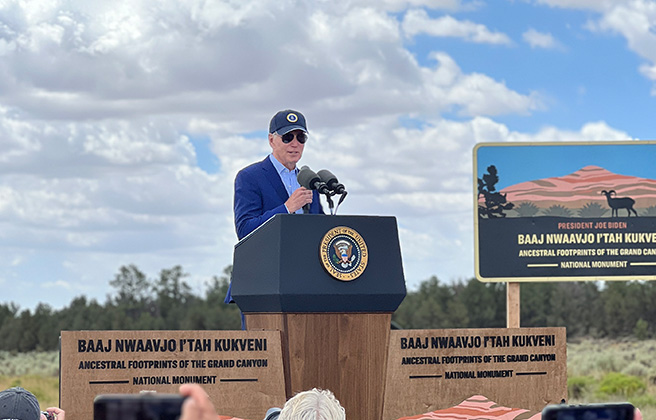
The Biden administration has established protections for public lands at a record rate. In the first three years of his term, President Biden has protected more than 24 million acres of public land and invested over $18 billion in conservation programs across the country. In just the last year, the Biden administration has:
Each of these historic advances are a step toward achieving President Biden’s “30×30” conservation goals and protecting our environment for generations to come.
Source: CAP20
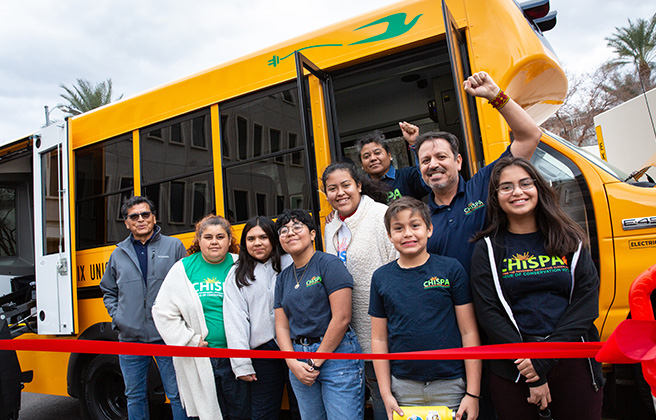
The Environmental Protection Agency announced the recipients of nearly $1 billion in the most recent round of grants under the Clean School Bus Program of the Inflation Reduction Act.
The program aims to replace toxic, diesel school buses with cleaner alternatives and has already doubled the number of electric school buses across the country. This round of funding alone will bring cleaner buses to nearly 7 million students.
Transitioning away from toxic diesel buses toward cleaner, electric models means cleaner, safer, healthier air for our children and communities.
Source: EPA
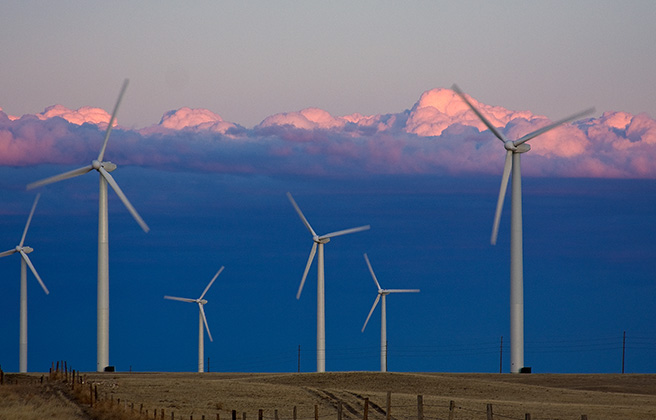
SunZia Wind and Transmission, a massive, 3.5 gigawatt wind farm that will supply clean energy to California through a 550 mile transmission line, is under construction in New Mexico.
The development is crucial to helping California meet its clean energy and climate goals by filling in gaps left by solar and other energy sources in the state. Once completed in 2026, SunZia will generate enough clean energy to serve more than 3.5 million people.
Source: Climatewire
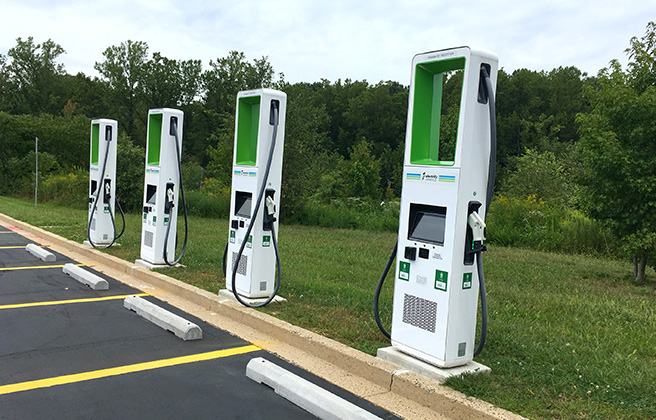
The Biden administration announced the recipients of over $600 million in infrastructure grant funding aimed at filling gaps in the American EV charging network. The announced grants will be split between 22 states and Puerto Rico and will fund the construction of 7,500 charging stations, with a focus on bringing the infrastructure to poor urban areas, rural stretches, and tribal lands.
This latest investment in charging infrastructure could go a long way toward alleviating range anxiety, one of the biggest barriers to widespread EV adoption in the country.
Source: Energywire

Municipalities in France are now required to provide residents a way to separate organic waste such as food scraps, fruit and vegetable peels, and garden waste from regular waste. Residents may collect and utilize compost at home, or drop off their organic waste at a municipal collection point.
Currently, emissions from organic waste are responsible for 16% of emissions from the EU’s food system. Requiring residents to separate their biowaste from regular garbage means it can be reused as fertilizer or biogas, and won’t end up in landfills or incinerators where it will release planet-warming greenhouse gasses.
Source: EuroNews